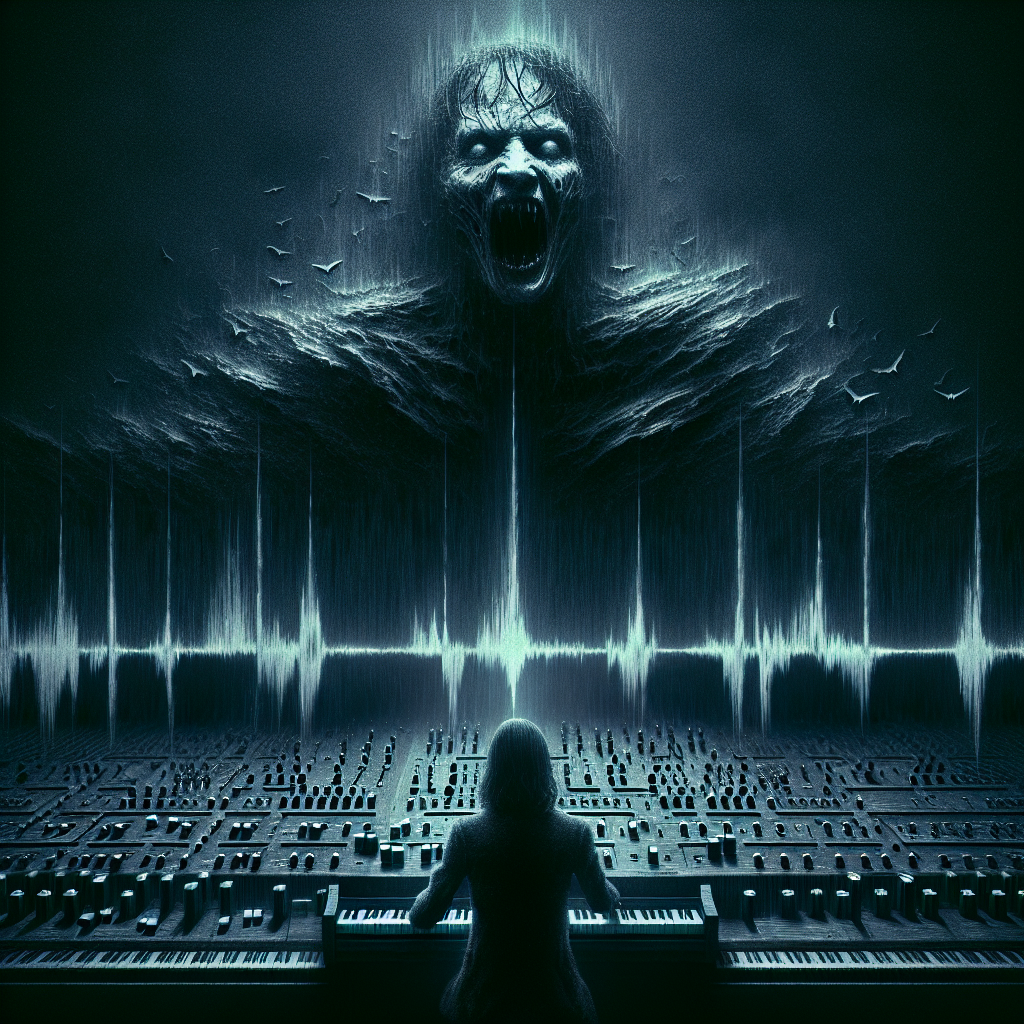The haunting melodies of Halloween 4: The Return of Michael Myers soundtrack are like candy to the ears of every horror enthusiast. Released in 1988, this chilling composition was crafted by the talented Alan Howarth, capturing the essence of fear that Michael Myers brings wherever he goes. Howarth, known for his sharp accompaniment to John Carpenter’s visions, conjured a sonic experience that still resonates with fans today.
The musical journey starts in Haddonfield, where Michael’s silent and terrifying presence dominates the atmosphere. The movie marks the return of the masked murderer, and the score reflects this resurrection beautifully. The film’s director, Dwight H. Little, sought to revive the iconic franchise by leaning on the signature sounds of its predecessors while introducing fresh elements that could stand on their own. Alan Howarth, having worked on previous Halloween films, was tasked with continuing Carpenter's legacy while expanding on it in his own unique way.
The soundtrack maintains the classic Halloween theme that fans know and love, but also introduces new tracks that enhance the film's tense atmosphere. Howarth used a combination of synthesizers and orchestral elements, a staple in late '80s horror scores, to create a sound both eerie and memorable. Synth-heavy tracks were particularly popular during this era, and Howarth took full advantage of this trend, layering electronic sounds with traditional orchestral music to build tension and suspense.
A significant highlight of this soundtrack is its ability to seamlessly mesh with the movie’s dynamic. Howarth's skill in manipulating audio to reflect on-screen chaos while maintaining that nostalgic Halloween charm is notable. Each piece is a deliberate whisper or a thunderous crash, guiding viewers' emotions as if on a ghostly tour of Michael Myers' psyche. The music pushes scenes from merely unsettling to utterly terrifying.
Interestingly, Howarth's work both builds on and diverges from Carpenter’s earlier compositions. Carpenter fans recognize the iconic leitmotif—a melody that strikes fear into the hearts of horror lovers. However, some might find Howarth’s additional tracks sharply contrasting with Carpenter's minimalist style. Howarth’s influence introduced a more layered and textured auditory experience. For some listeners, this was a positive evolution, adding depth to the series. However, those who cherished Carpenter’s simplistic themes might feel that Howarth’s additions were too bold, distracting from the palpable dread that Carpenter so expertly conjured.
While some purists may object to these musical changes, it's important to appreciate the landscape of sound design as it evolved through the '80s into '90s cinema. Halloween 4 took risks with its score, reflecting broader genre trends. Howarth embraced advancements in technology, and in doing so, challenged traditional sounds. This experimentation is part of what keeps the soundtrack relevant, even decades later.
Moreover, the soundtrack’s cultural significance shouldn’t be overshadowed. Gen Z audiences, often drawn to nostalgia-infused sounds and vintage aesthetics, can find value in these vintage audio stylings. The retro synth-wave trend taps into that very sentimentality. Halloween 4’s original soundtrack represents a formative period for horror soundtracks, merging old-school creepiness with a then-contemporary pulse.
For those exploring the soundtrack today, whether for the first time or the fiftieth, each track allows listeners to engage with the flair of film history. Gen Z may relate to the themes of fear, uncertainty, and the pull of nostalgia. In a world that often feels unpredictable, getting lost in the chilling embrace of familiar horror sounds offers a unique solace.
The soundtrack of Halloween 4: The Return of Michael Myers embodies more than just a cinema classic. It's a time capsule of musical evolution within the horror genre. Whether you adore the synthy spikes of ‘80s electronic music or hold the tender melodies of past Halloween themes close to your black, beating heart, Howarth’s score remains a testament to the blending of old and new, tradition and innovation. For those who find comfort in the complex tapestry of past horrors, here’s a chance to appreciate the harmonious terror Howarth composed so masterfully.

